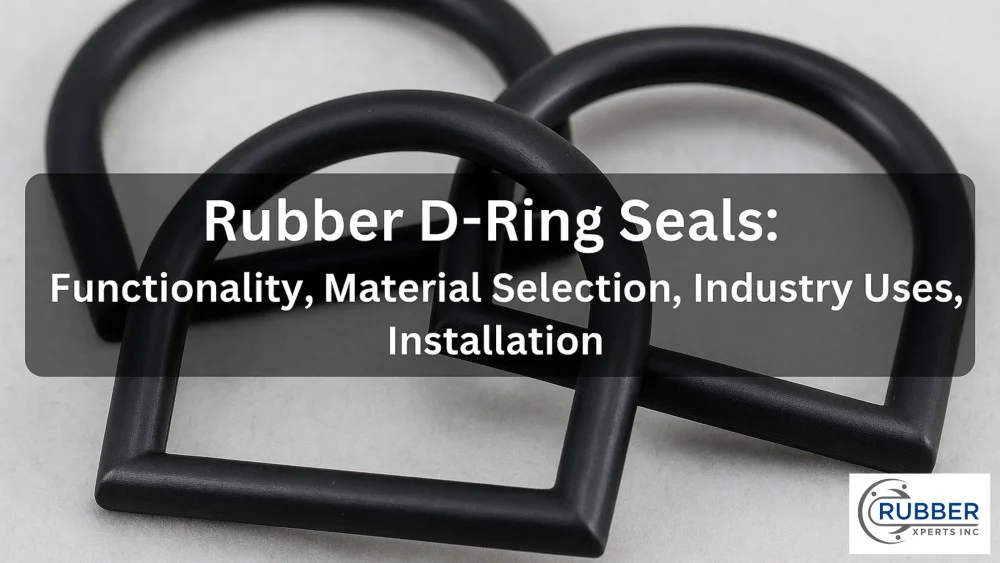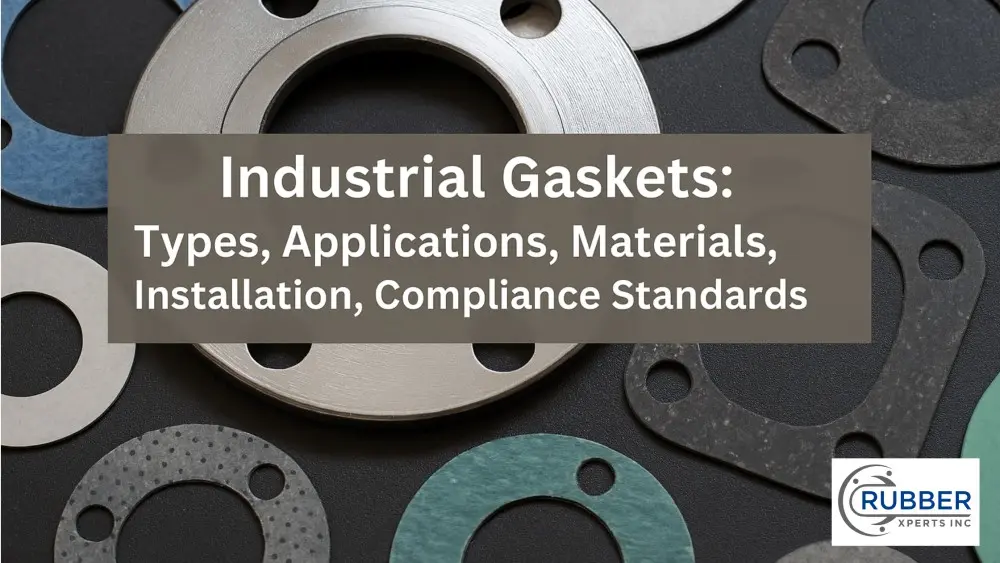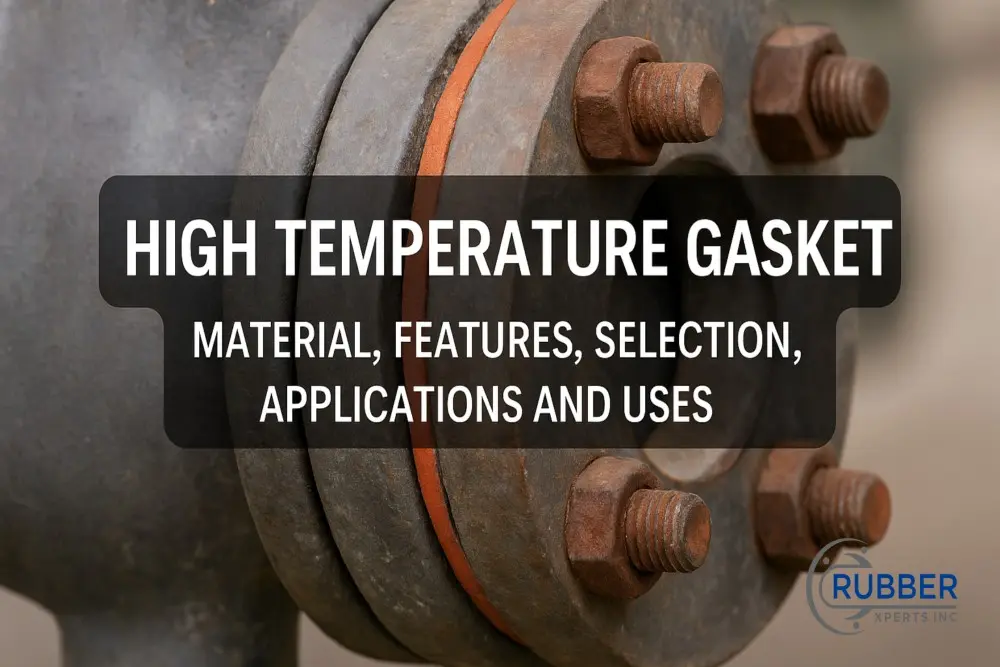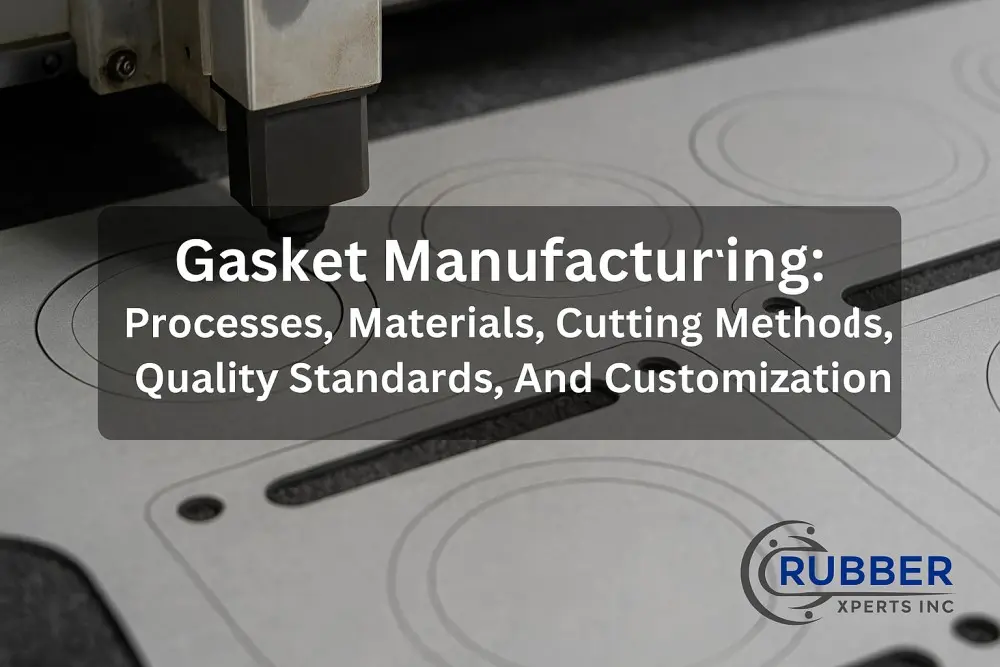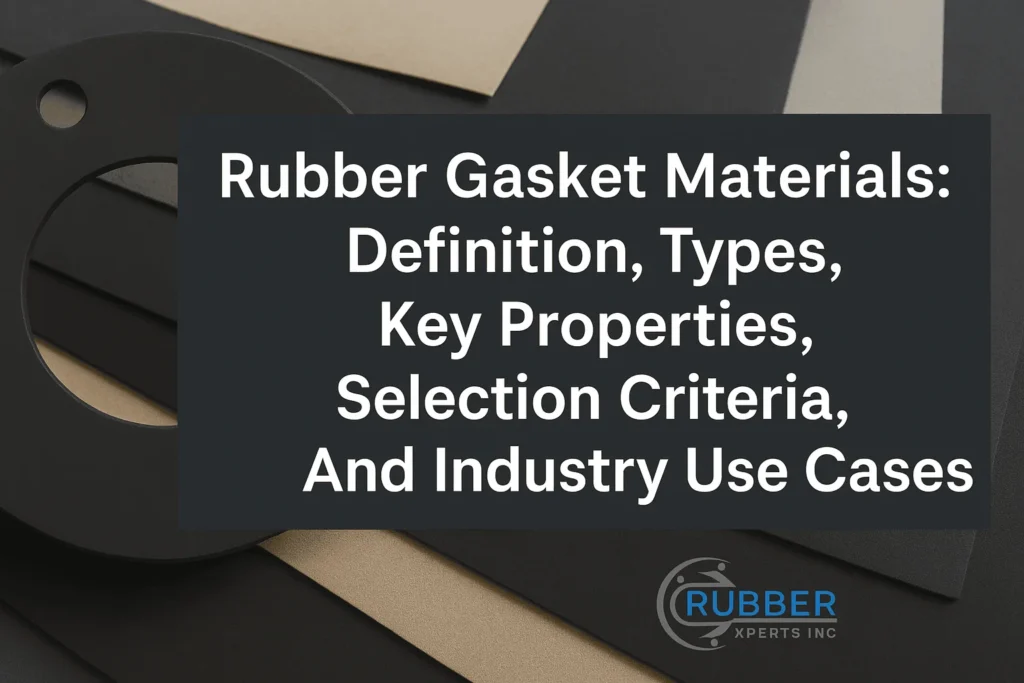Imagine you are repairing a hydraulic pump, and you use a rubber seal instead of an O-ring.
The pump starts leaking oil, causing the machine to stop working and leading to costly repairs.
Confusion often happens because a rubber seal vs. o-rings might look similar.
In fact, they have different functions.
One trick to avoid causing more serious problems and downtimes is to know the difference between a seal and an o-ring.
In need of premium quality rubber products for your industry needs? Explore our catalogue today!
5 Key Differences Between Seal and O-Ring
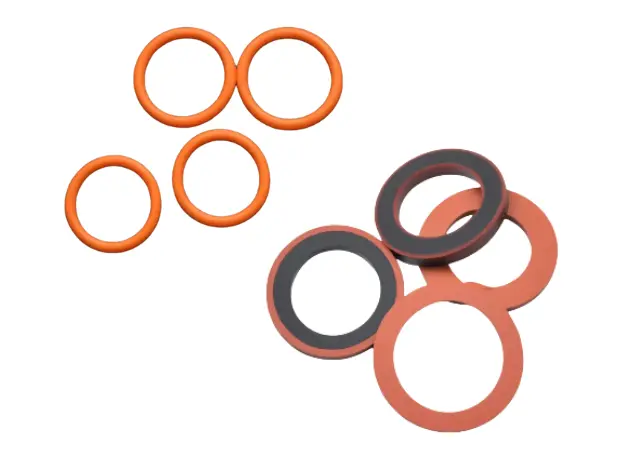
Understanding the difference between a seal and an o-ring is crucial for effective maintenance and repair.
Rubber seals vs. rubber o-rings offer different features that are important for the longevity of your machines.
If these components are used incorrectly, not only will they fail to fix your problems, but they can also lead to more severe issues with your machines.
Let’s learn about the rubber seal vs. o-rings differences:
1. Function
Rubber seals vs. o-rings have distinct functions. Rubber seals are used in parts that do not move.
They create a barrier to stop leaks in stationary parts, ensuring that fluids or gases do not escape.
For instance, a rubber seal might be used in a car engine between two metal parts to prevent oil from leaking.
Rubber o-rings, however, are used in parts that do move.
They create a dynamic seal that can handle movement and still prevent leaks.
An example of a rubber o-ring is in the pistons of a hydraulic system, where it moves up and down but prevents hydraulic fluid from leaking.
Understanding the difference between seal and O-ring in their functions helps in selecting the correct component for each application.
2. Application
The rubber seal vs. o-rings application is another important distinction.
Rubber seals are commonly used in static applications.
This means they’re used in parts that remain stationary, such as flanges and housings.
For example, rubber seals might be used where the engine block meets the cylinder head in a car to ensure no coolant or oil leaks.
They’re also used in plumbing systems and various industrial machinery.
In contrast, o-rings are used in dynamic applications where parts are in motion relative to each other.
They’re often found in hydraulic cylinders, rotating shafts, and valves.
For example, a rubber o-ring in a hydraulic piston moves with the piston to maintain a seal and prevent fluid leaks as the piston moves.
3. Shape
The shape of the rubber seal vs. o-rings is also different.
Knowing the difference between seal and O-ring in shape helps in selecting which types of rubber seals or rubber O-rings types are compatible with your machines.
Rubber seals can come in many shapes and profiles, designed to fit specific surfaces and applications.
They might look like a flat ring, a complex shape with multiple lips, or a long strip that wraps around a surface.
This variety in shapes allows rubber seals to fit precisely and provide a tight seal that prevents leaks.
On the other hand, rubber o-rings have a simpler, uniform shape.
They’re typically circular, with a round cross-section, making them versatile and easy to use.
The simple shape of rubber o-rings allows them to be compressed into grooves and create effective seals across various applications.
4. Material Flexibility
Rubber seals and o-rings are made from different materials, which affects their performance.
Your machine requirements decide which material you need from rubber seal vs. o-rings.
Rubber seals can be made from a variety of materials, including rubber, metal, or specialized plastics, depending on their application.
Rubber seals can be flexible and create tight seals under various temperatures, while specialized plastic seals can resist chemicals and high temperatures.
Rubber o-rings, on the other hand, are generally made from flexible rubber or elastomer materials.
This allows o-rings to compress and fit tightly into grooves, creating effective seals in moving parts.
The material flexibility of rubber o-rings ensures they can maintain their sealing properties in dynamic conditions.
5. Installation
Rubber seals usually need to be fitted precisely to match the surfaces they’re sealing.
This means careful installation to ensure they fit exactly into the designated area.
Installing rubber seals can be complex and time-consuming, often requiring the alignment of multiple parts.
For instance, when installing a seal in a car engine, you need to position it carefully and tighten bolts securely.
In contrast, rubber O-rings are generally easier to install.
They fit into a groove and are compressed to form a seal, making them quick and simple to use.
Even if you are new to machinery, installing a rubber O-ring is straightforward.
This ease of installation makes rubber O-rings a preferred choice for many applications.
Knowing the difference between seal and O-ring in installation procedures can improve efficiency and accuracy in repairs.
Conclusion
To wrap up, it’s important to understand the rubber seal vs. O-rings when dealing with machinery.
Accurate identification and application of these components will not only extend the life of your equipment but also enhance overall efficiency and reliability.
Understanding the difference between rubber seal and o-ring is important, although it could be tricky.
If you need help finding the best rubber seal or o-ring solution for your specific needs, Rubber Xperts is here to assist.
We provide a wide selection of high-quality products for various applications.

